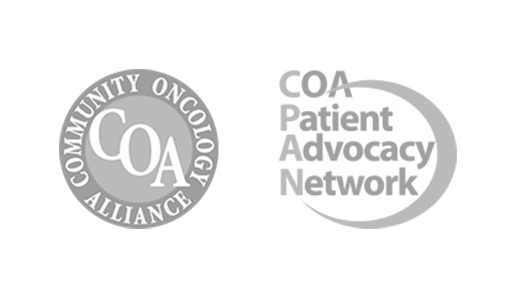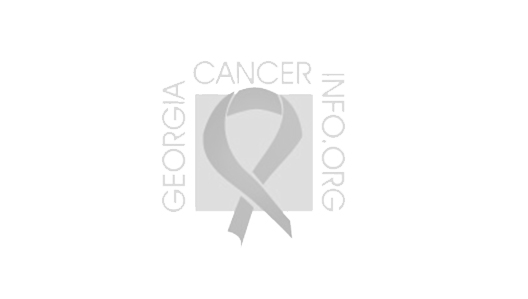When you walk the halls of AO Multispecialty Clinic, you’re likely to see team members dressed in scrubs of varying colors. Medical practices don’t always have a rhyme or reason to the color of scrubs worn by staff. But here at AO Multispecialty Clinic, color has an important purpose: it helps everyone, particularly patients and their family members, differentiate between departments within the practice so there’s no guesswork! Here’s the color code breakdown:
Royal blue – nurses
Ceil blue (pronounced like “seal,” and is similar in color to sky blue) – radiology department and gynecological staff
Teal – pharmacy staff
Fuchsia (also called hot pink) – medical assistants
Purple – reception and medical records staff
While we’re on the topic of scrubs, you might be interested to know how they came to be standard attire in medical facilities. It wasn’t until the 20th century that medical personnel – physicians included – began routinely wearing the uniform we now know as scrubs. In the early 1900s, clothing worn by medical staff in an operating room was all white, in order to accentuate cleanliness and sanitary conditions. But the operating lights were bright white, and that, in addition to the roomfuls of white-clad medical personnel, led to eye strain for everyone involved. Around the middle of the century, most hospitals transitioned to varying shades of green, to help decrease eye fatigue.
So scrubs were initially called “surgical greens,” because of their color. Eventually they were nicknamed scrubs because they are worn in a scrubbed (i.e. sterile, sanitized) environment, and they began to appear in all sorts of colors and styles. The uniform works well because it’s simple to wear, a breeze to launder, and inexpensive to replace when needed. It’s also a fun and easy way for each department to distinguish itself from others.
Scrubs aren’t the only way that we use color at AO Multispecialty Clinic. In future updates, we’ll share ways that color is used in our oncology practice to represent important concepts, including cancer awareness and prevention.






